Projects
Projects

- Assistant Professor - Presidential Young Fellow; - Executive Deputy Director of the National-local Joint Engineering Laboratory of Robotics and Intelligent Manufacturing; - Director of Center for Intelligent Robots of Shenzhen Institute of Artificial Intelligence and Robotics for Society; - Vice Chair of IEEE Robotics and Automation Society Guangzhou Chapter;
CD507
Robotics & Intelligent Systems
Senior Member of IEEE; Associate Editor of IEEE Transactions on Automation Science and Engineering; Associate Editor of Journal of Field Robotics;
Multi-robot Systems, Field Robotics, Collaborative Robotics



Modular self-reconfigurable robotic systems have strong self-adaptation and self-healing ability, which makes it capable of coping with various tasks in complex and changeable environments. Most existing modular self-reconfigurable robots have connection constraints on the mechanical structure. Their relative positioning and motion planning capacities are also limited to the structured environment, which is different from the real and changing environment. To break these limitations, this project aims to develop key technologies for modular self-reconfiguration robots to be applied in unstructured environments. The research results can lay a theoretical and technical foundation for the development of swarm robots and field robots, and can also be widely used in the areas of search and rescue, space exploration, etc.
[2020 IROS Best Paper Award on Robot Mechanisms and Design]
Metal Spheres Swarm Together to Create Freeform Modular Robots - IEEE Spectrum
[Demo] FreeBOT: A Freeform Modular Self-Reconfigurable Robot with Arbitrary Connection Point - YouTube
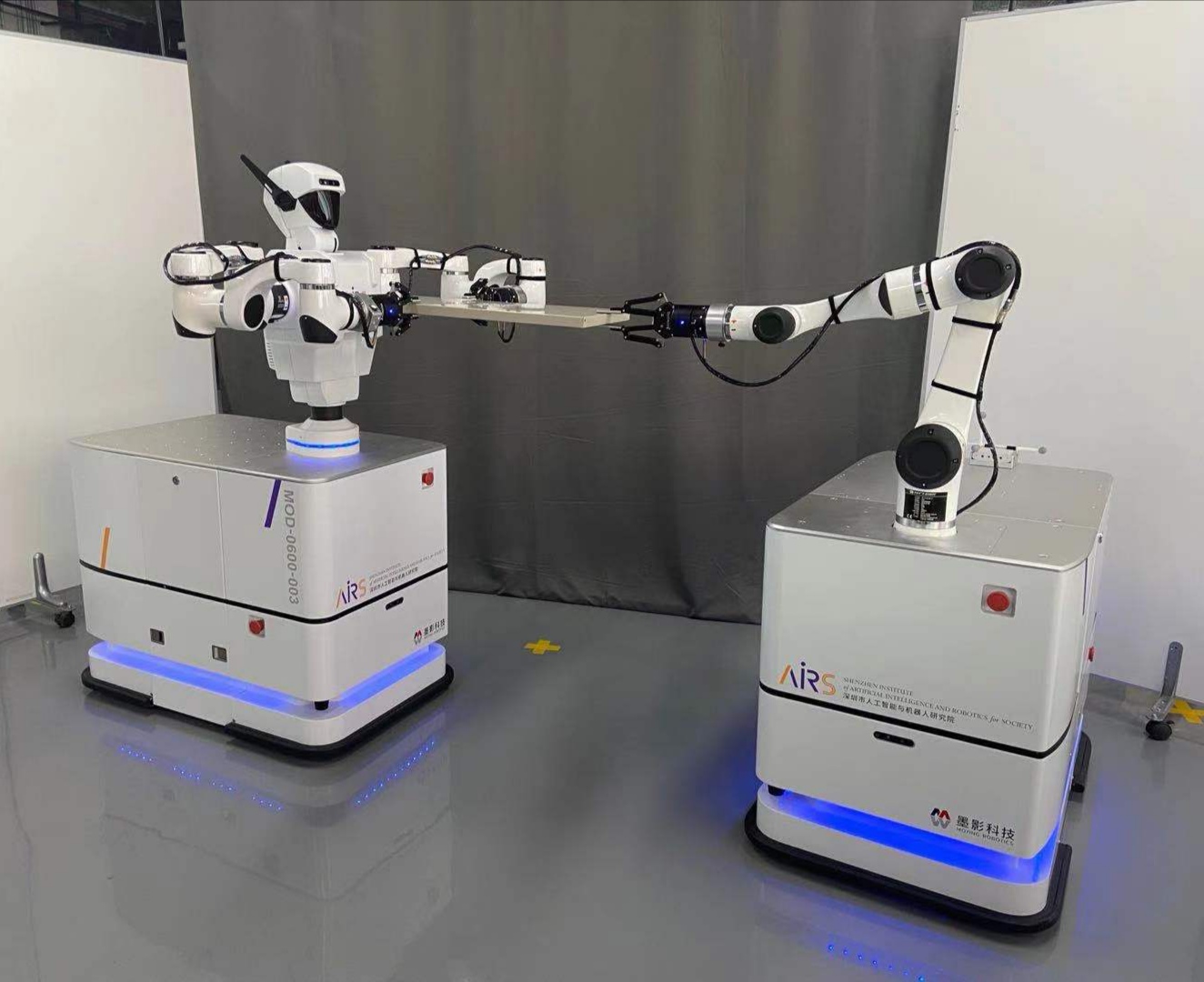

The collaboration between the University of Edinburgh (UoE) and Shenzhen Institute of Artificial Intelligence and Robotics for Society (AIRS) aims at fundamental and applied researches in artificial intelligence and robotics. The current research focuses on three scientific pillars: Multi-Contact Planning and Control, Multi-Agent Collaborative Manipulation, and Robot Perception.
Co-PI: Prof. Tin Lun Lam
More information: http://web.inf.ed.ac.uk/slmc/research/projects-and-grants/uoe-airs-joint-project https://airs.cuhk.edu.cn/zh-hans/content/12761


A multijoint soft inflatable arm for human-safe Interaction is developed. The new proposed structure of the arm is achieved by a very common and low-cost inflatable material and it is very light, weighing only about 50g. However, it can realize agile movement by driving six tiny cables installed in the shoulder and elbow joints. The soft inflatable arm can work by pumping air at very low pressure (7.32±3.45kPa) and allows direct and soft human contact without any external force sensors.
Design, Kinematics, and Control of a Multijoint Soft Inflatable Arm for Human-Safe Interaction - IEEE Journals & Magazine

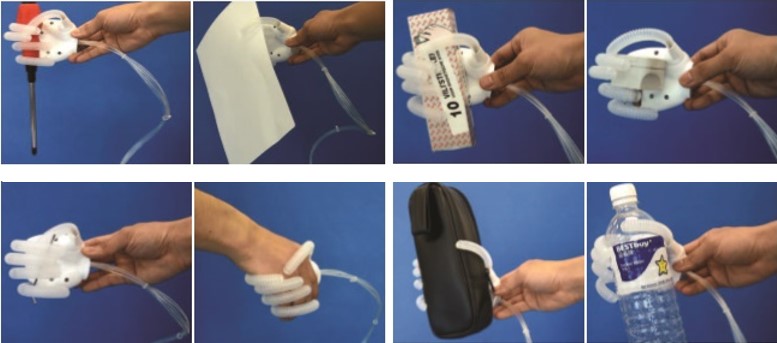
In this project, mechanical design and implementation of a low-cost and lightweight inflatable robot finger are proposed. The proposed soft inflatable robot finger is different from traditional designs. It uses a common and low-cost inflatable material and can be easily and massively manufactured. The proposed soft inflatable finger only weighs 0.8 grams, but can well realize swift movement which is actuated by low-pressure air.
Design and implementation of a low-cost and lightweight inflatable robot finger - IEEE Conference Publication

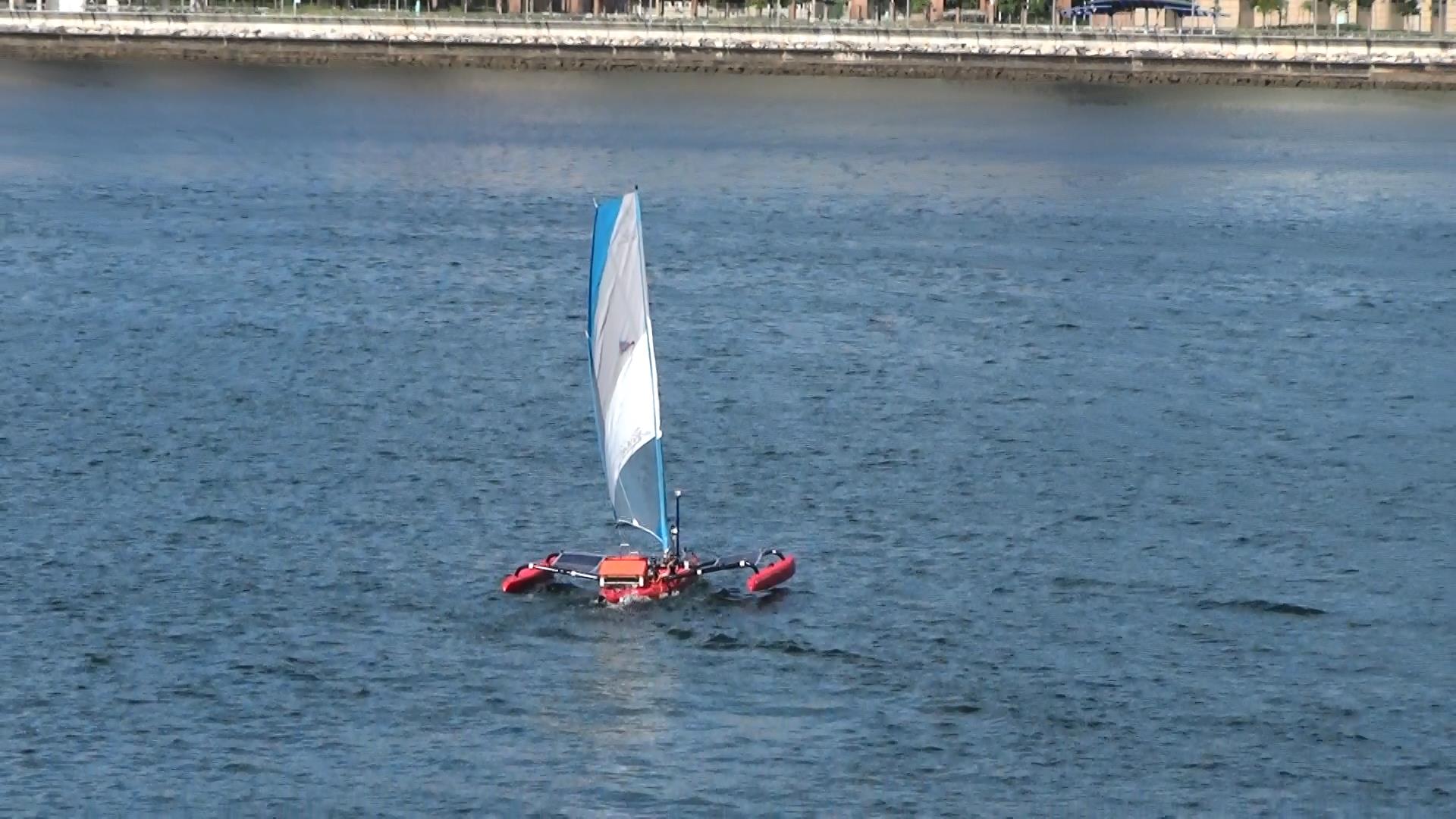
Ocean exploration has attracted enormous interest from human-kind for thousands of years. This project focus on developing energy sustainable robot for ocean exploration. One of the solutions is harvesting the power of wind for vehicle's propulsion by sail. This project presents a new autonomous surface vehicle (ASV) based on retrofitting a trimaran sailing boat. The sail and rudder control are motorized by three electric actuators. The ASV acquires signals of wind speed and direction, GPS position, and rolling angle, determine the heading based on various wind direction.
System design and control of a sail-based autonomous surface vehicle - IEEE Conference Publication
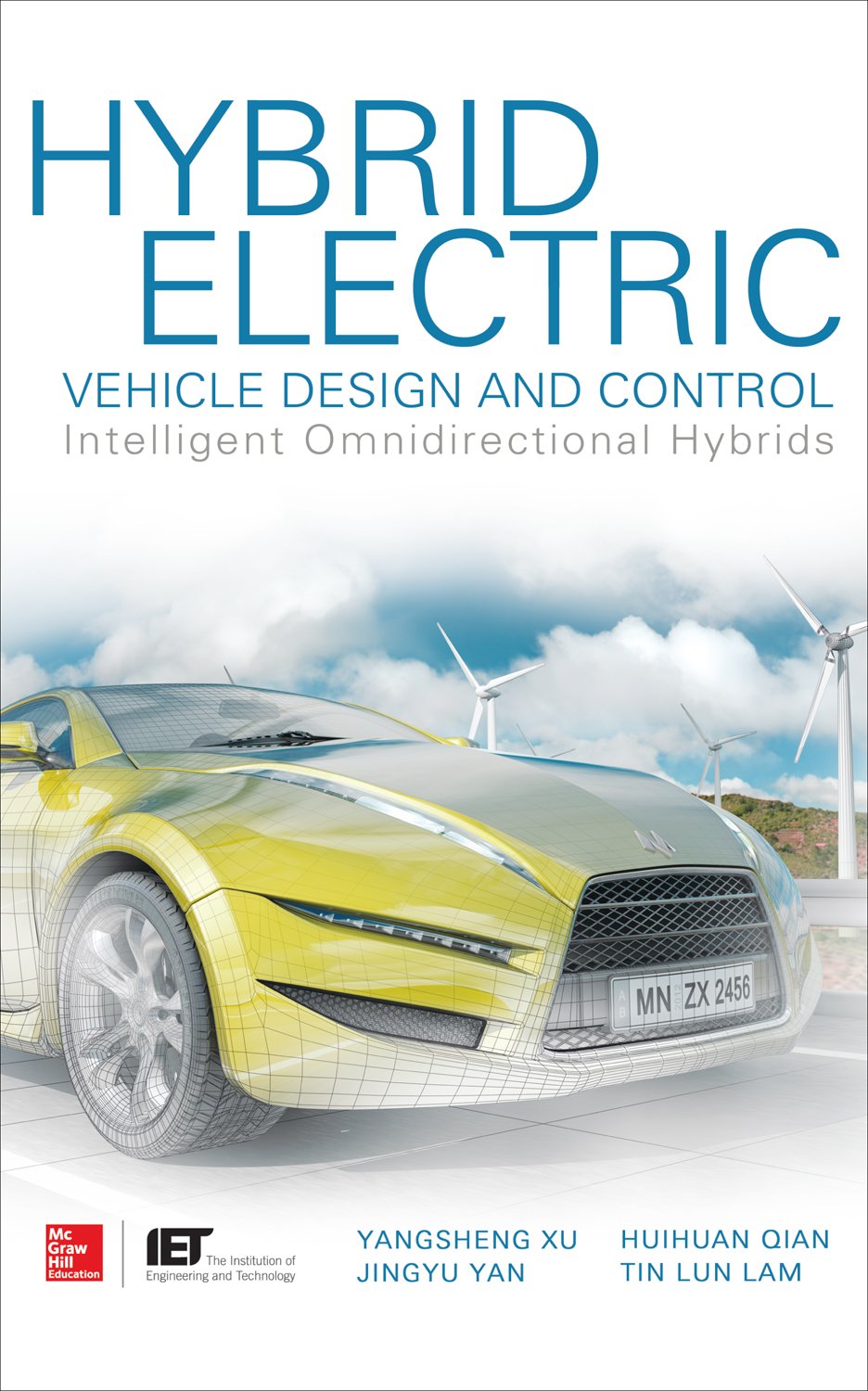

A novel omnidirectional steer-by-wire system is proposed for omni-directional vehicles. The system includes an extended steering interface and a behavior-based steering controller. The extended steering interface provides a novel manipulation way to the vehicle driver. The driver can control the vehicle in the traditional way or omnidirectionally without any mode switching operation. The reservation of the traditional driving way makes the driver adapt the novel steering interface easily.
[2011 IEEE/ASME Transactions on Mechatronics Best Paper Award]
Discovery Channel Asia Tech Week - Omni-Directional Car - YouTube
Omnidirectional Steering Interface and Control for a Four-Wheel Independent Steering Vehicle - IEEE Journals & Magazine
McGraw Hill Canada | Hybrid Electric Vehicle Design and Control: Intelligent Omnidirectional Hybrids
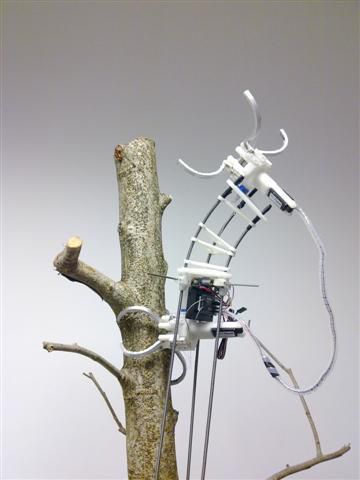

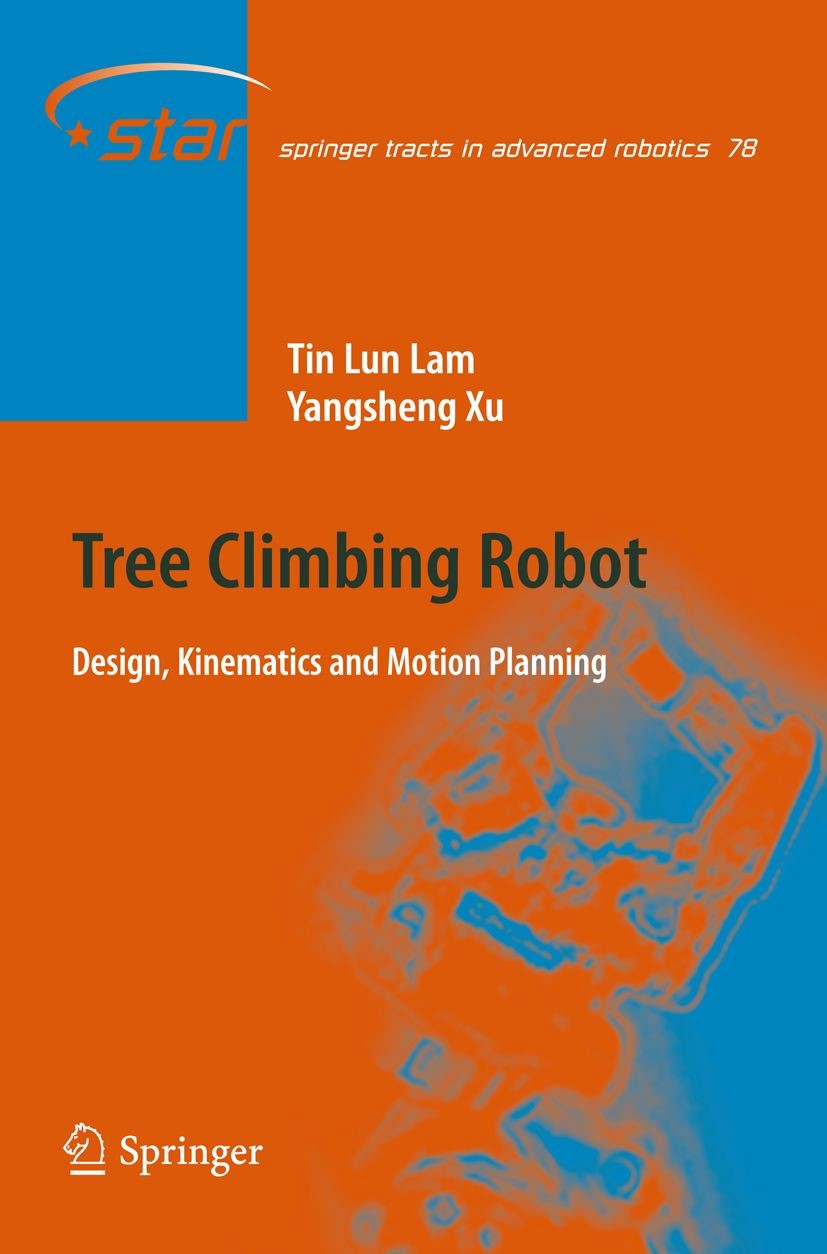
Treebot is a tree-climbing robot that has high maneuverability on an irregular tree environment. It is able to reach many places on trees including branches that surpasses the state-of-the-art tree-climbing robots. Treebot can maneuver on a complex tree environment, but only five actuators are used in the mechanism. As a result, Treebot can keep in a compact size and lightweight.
Treebot Learns to Autonomously Climb Trees - IEEE Spectrum
Climbing Strategy for a Flexible Tree Climbing Robot—Treebot - IEEE Journals & Magazine
Tree Climbing Robot - Design, Kinematics and Motion Planning | Tin Lun Lam | Springer